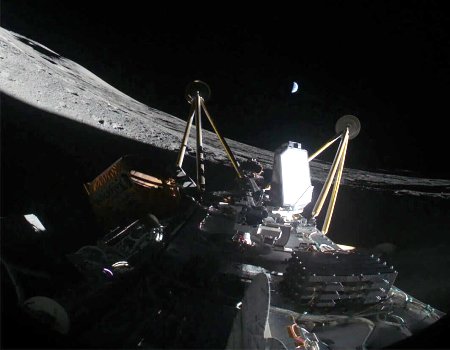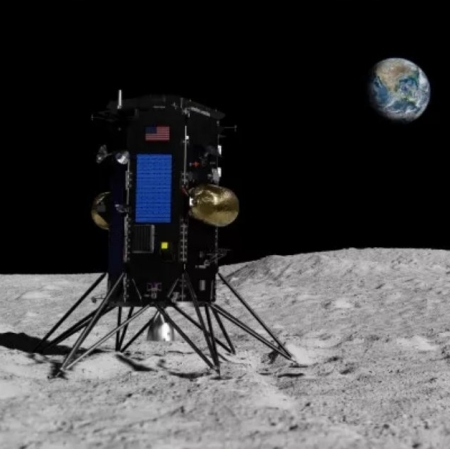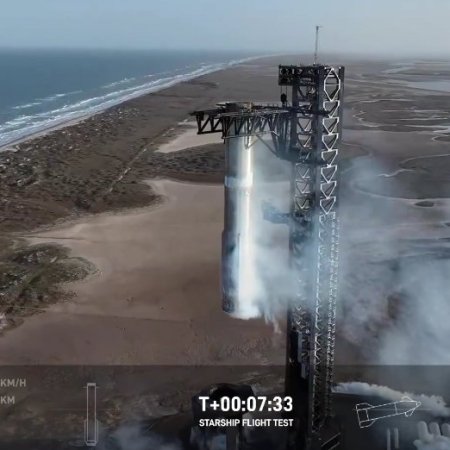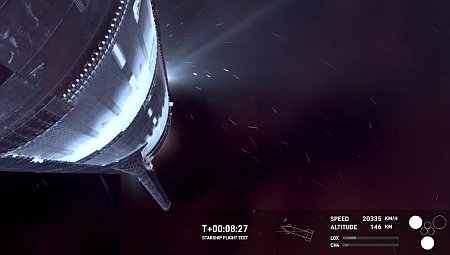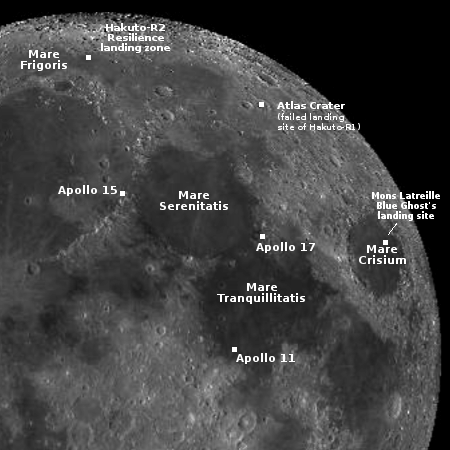After a decade of development, ESA finally starts testing a part of its Callisto grasshopper
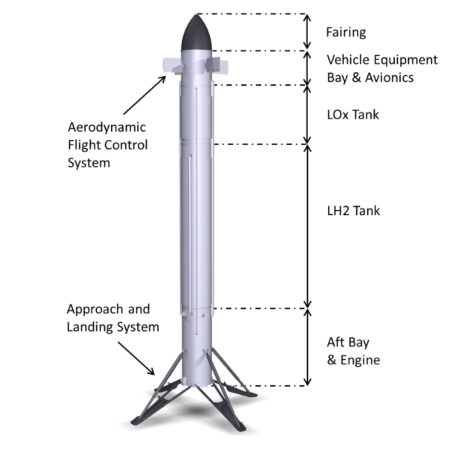
Callisto’s basic design
My heart be still! First proposed in 2015 as Europe’s answer to SpaceX’s Falcon 9, the European Space Agency, in partnership with Japan, has finally begun acoustical testing of just one part of its Callisto grasshopper-type reusable test prototype, as shown on the right.
Callisto consists of five main sections: the Aft Bay, which includes the engine and landing legs, the LH2 Tank, the LOx Tank, the VEB, and the Fairing. The VEB houses much of the demonstrator’s electronics, including its onboard computer, avionics, and a reaction control system that uses H2O2 propellant. Its distinctive features include a pair of control fins.
In addition to confirming that the VEB had been transported to the CNES facilities in Toulouse, the 4 March Institute of Space Systems update also revealed that the acoustic test campaign for the key Callisto module had commenced last week. The acoustic test campaign simulates the intense sound vibrations the demonstrator will experience during flight to ensure structural integrity and component reliability.
The whole project has a budget of $100 million. The first test hop won’t occur until 2026, eleven years after the project began, and six years behind its original launch date. In that same time, SpaceX has completed several hundred commercial landings of its Falcon 9 first stage, reusing those stages up to two dozen times.
Nor is Callisto part of any program to develop a similar reusable rocket. It is a typical dead-end government project, with ESA having no clear goal to apply it commercially. The best Europe can hope for is that the engineering lessons from its tests will be given freely to the new European commercial rocket startups, so that they can use it someday.

Callisto’s basic design
My heart be still! First proposed in 2015 as Europe’s answer to SpaceX’s Falcon 9, the European Space Agency, in partnership with Japan, has finally begun acoustical testing of just one part of its Callisto grasshopper-type reusable test prototype, as shown on the right.
Callisto consists of five main sections: the Aft Bay, which includes the engine and landing legs, the LH2 Tank, the LOx Tank, the VEB, and the Fairing. The VEB houses much of the demonstrator’s electronics, including its onboard computer, avionics, and a reaction control system that uses H2O2 propellant. Its distinctive features include a pair of control fins.
In addition to confirming that the VEB had been transported to the CNES facilities in Toulouse, the 4 March Institute of Space Systems update also revealed that the acoustic test campaign for the key Callisto module had commenced last week. The acoustic test campaign simulates the intense sound vibrations the demonstrator will experience during flight to ensure structural integrity and component reliability.
The whole project has a budget of $100 million. The first test hop won’t occur until 2026, eleven years after the project began, and six years behind its original launch date. In that same time, SpaceX has completed several hundred commercial landings of its Falcon 9 first stage, reusing those stages up to two dozen times.
Nor is Callisto part of any program to develop a similar reusable rocket. It is a typical dead-end government project, with ESA having no clear goal to apply it commercially. The best Europe can hope for is that the engineering lessons from its tests will be given freely to the new European commercial rocket startups, so that they can use it someday.

